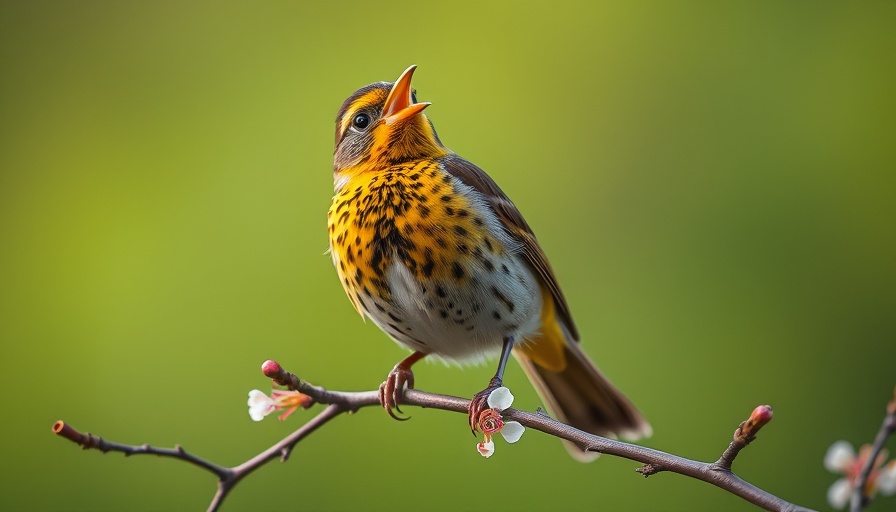
Explore the Wonders of Wildlife in Our Monthly Photo Contest
Have you ever marveled at the breathtaking beauty of nature? The Best Photo of the Month contest is your chance to appreciate and honor the incredible biodiversity that our planet has to offer. This September 2025, we are showcasing stunning wildlife photographs that echo the spirit of our rich environment. With the number of images to vote on increased to six, there's more reason than ever to participate in this engaging event!
How to Participate and Make Your Voice Count
Voting is straightforward and promises to be enjoyable. Simply click on a photo to start an automatic slideshow, then select your six favorite images and hit the VOTE button at the bottom of the page. After casting your vote, you'll have the opportunity to see the live voting results. Remember, voting is open for seven days, concluding on October 6, 2025, with the exciting results being published shortly afterward.
Showcase Your Support for Talented Photographers
After browsing through these impressive photographs, we encourage you to leave a comment to acknowledge the skill and dedication of the photographers. Your appreciation not only motivates these artists but also fosters a sense of community within our high desert region. Plus, don't forget that winners will have their work showcased on our rotating website banner, amplifying their exposure to wildlife enthusiasts.
The Importance of Photography Competitions
Competitions like this are crucial for several reasons. They fuel creativity, inspire amateur photographers to pursue their passions, and raise awareness about wildlife and conservation issues. Similar contests can be seen across the country, such as the Capture the Real Florida photo contest. This season, Florida State Parks invites individuals to vote for their favorite photography submissions, reflecting the beauty and significance of natural spaces (Florida State Parks, 2025).
Cultural Impact and Community Engagement
Participating in this wildlife photography contest is not just about voting—it's about connecting with the environment and community. Through these images, we share emotional stories of the creatures and landscapes that surround us. Voting empowers you to voice your appreciation for nature, while also promoting awareness around conservation efforts critical to our planet's future. As we face challenges like climate change, communal engagement in such initiatives lightens the burden and spreads vital messages of preservation.
Mark Your Calendar for Future Opportunities
As the competition comes to a close, gear up for the next event scheduled for October 31, 2025. This continuity not only fuels a creative outlet but also builds excitement and enthusiasm for celebrating wildlife photography. Whether you’re an aspiring photographer or a nature lover, keep engaging with our community as we strive to appreciate every facet of our natural world!
 Add Row
Add Row  Add
Add 




Write A Comment